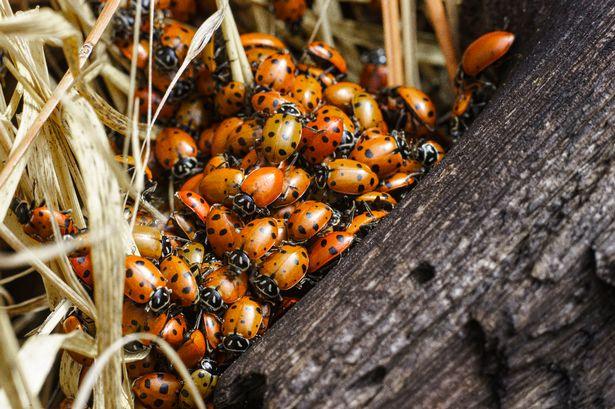The Fascinating Phenomenon of Ladybirds Swarming

Introduction
Ladybirds, also known as ladybugs, are loved by many for their bright colours and beneficial role in gardening. However, their swarming behaviour is a natural phenomenon that sparks interest among scientists and nature enthusiasts. Understanding why and how ladybirds swarm is essential for grasping their ecological significance and impact on agriculture.
What Causes Ladybirds to Swarm?
Typically, ladybirds swarm in large numbers during late summer and early autumn, primarily influenced by changes in temperature and the availability of food sources. As temperatures begin to drop, ladybirds seek out sheltered areas to survive the winter months. Swarming serves as a survival tactic, allowing them to find favourable environments for hibernation.
Recent Events and Observations
In recent weeks, reports from various parts of the UK have highlighted unusual swarming activity of ladybirds. In Kent, swarms consisting of thousands of ladybirds were sighted, which raised curiosity among residents and local ecologists. Entomologists have noted that while the swarming can be alarming, it is a common sight during this time of year. Observers have also provided insights into how swarming behaviour can contribute positively to pest control in gardens, as ladybirds feed on aphids and other crop-destroying pests.
The Role of Ladybirds in the Ecosystem
In addition to their visual appeal, ladybirds play a crucial role in maintaining ecological balance. By preying on harmful pests, they help regulate pest populations, making them valuable allies in agricultural practices. Farmers often welcome ladybirds, as they reduce the need for chemical pesticides, promoting sustainable farming. Their presence is increasingly seen as an indicator of a healthy ecosystem.
Conclusion
The swarming of ladybirds demonstrates the intricate behaviours that these small insects exhibit in response to environmental changes. Observing their swarming can remind us of the interconnectedness of nature and the importance of biodiversity. As experts predict that these occurrences may rise due to climate change and shifts in agricultural practices, it becomes crucial for individuals to appreciate and protect the habitats that support ladybird populations. For gardeners and farmers alike, fostering ladybird-friendly environments will ensure these remarkable creatures continue to thrive and contribute to ecological health.
